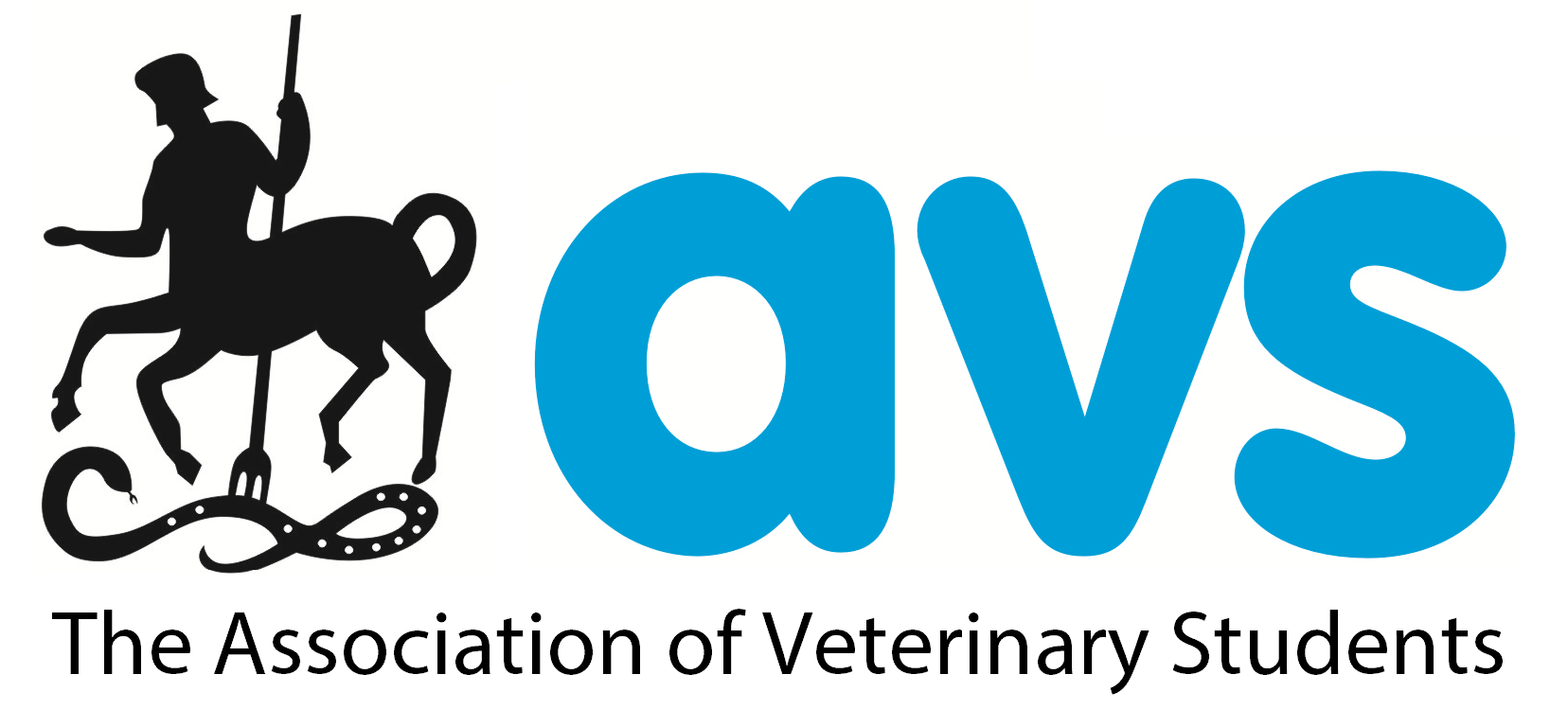Brachycephalic Dogs
Brachycephalic Dogs
Hannah Mason, AVS President 2016-2017
This week it was announced by the Telegraph that the Labrador is likely to be replaced as Britain’s most owned dogs by the French Bulldog. This breed of dog, unheard of in Britain less than ten years ago, has gained popularity through social media following the same trend of other breeds such as pugs. Many celebrities own them, with one “Frenchie’s” Instagram having 20,000+ followers.
French bulldogs and pugs are known as brachycephalic breeds and are characterised by their squashed faces, bulging eyes and numerous skin folds. They suffer from a myriad of health complaints directly related to their breeding and extreme facial conformation. Brachycephalic Airway Syndrome (BOAS) is caused by the narrowing of the upper respiratory tract, caused by their shortened upper jaw. This means that breathing is difficult. That cute snoring noise that brachycephalic dogs often make – that is them struggling for air. They often cannot run or exercise for long periods of time, suffer from heat stroke easily, and in extreme cases it can lead to collapse and sudden death. BOAS is endemic within French bulldogs – a recent study found that only 10% of those in a litter could breathe normally. It is not uncommon for their gums to be tinged blue, indicating oxygen deprivation. This is a serious welfare concern and it seems unacceptable that even in its mildest form, it should be considered normal, and even desirable in a dog.
Although, marketed as a "cute" breed, French Bulldogs suffer from abnormalities leading to respiratory distress and eye ulcers
Eye ulcers are common in brachycephalic dogs, as their eyes significantly protrude from the skull – last summer alone I watched four pugs lose eyes after their ulcers simply refused to heal. The abnormally large size of the puppies' heads mean they very rarely able to be born naturally – instead, the mothers often require a caesarean and it's associated surgical risk. Due to the male’s narrow hips, they even find it incredibly difficult to mate naturally, with many breeders resorting to artificial insemination. This resonated with me – we are so determined to breed these animals to look a certain way, we continue even past the point at which nature stops us.
Whilst we have bred dogs to suffer this way, it also means we have the power to reverse the process. Out-crossing these dogs, with longer nosed breeds would increase the diameter of the airways and increase their quality of life dramatically. This solution has been met with horror by several breed societies who are incredibly proud of their dog’s genetics (and are in compliance with the Kennel Clubs breed standards), perhaps to detriment of their dog’s ability to breathe.
The Kennel Club, the veterinary profession and the general public all share a collective responsibility for the health and welfare of our canine population and therefore must all work together. The Kennel Club’s canine health schemes show a move in the right direction, however their recommendation to join one by the French Bulldog Club of England which still allows dogs with mild breathing difficulties to gain a “silver certificate” shows that a more serious commitment is needed. Interestingly, despite a petition which garnered over 40,000 signatures from the veterinary profession to address to the suffering of brachycephalic breeds, the Kennel Club refused to alter breed standards.
The veterinary profession must educate the general public about the dangers of owning such a breed. A culture shift is needed to stop them from being seen as desirable and instead the promotion of healthier, cross-bred dogs. It is not acceptable to continue to breed these anatomical monsters, who will suffer for a life-time merely for our personal enjoyment (or a few likes on Instagram).


